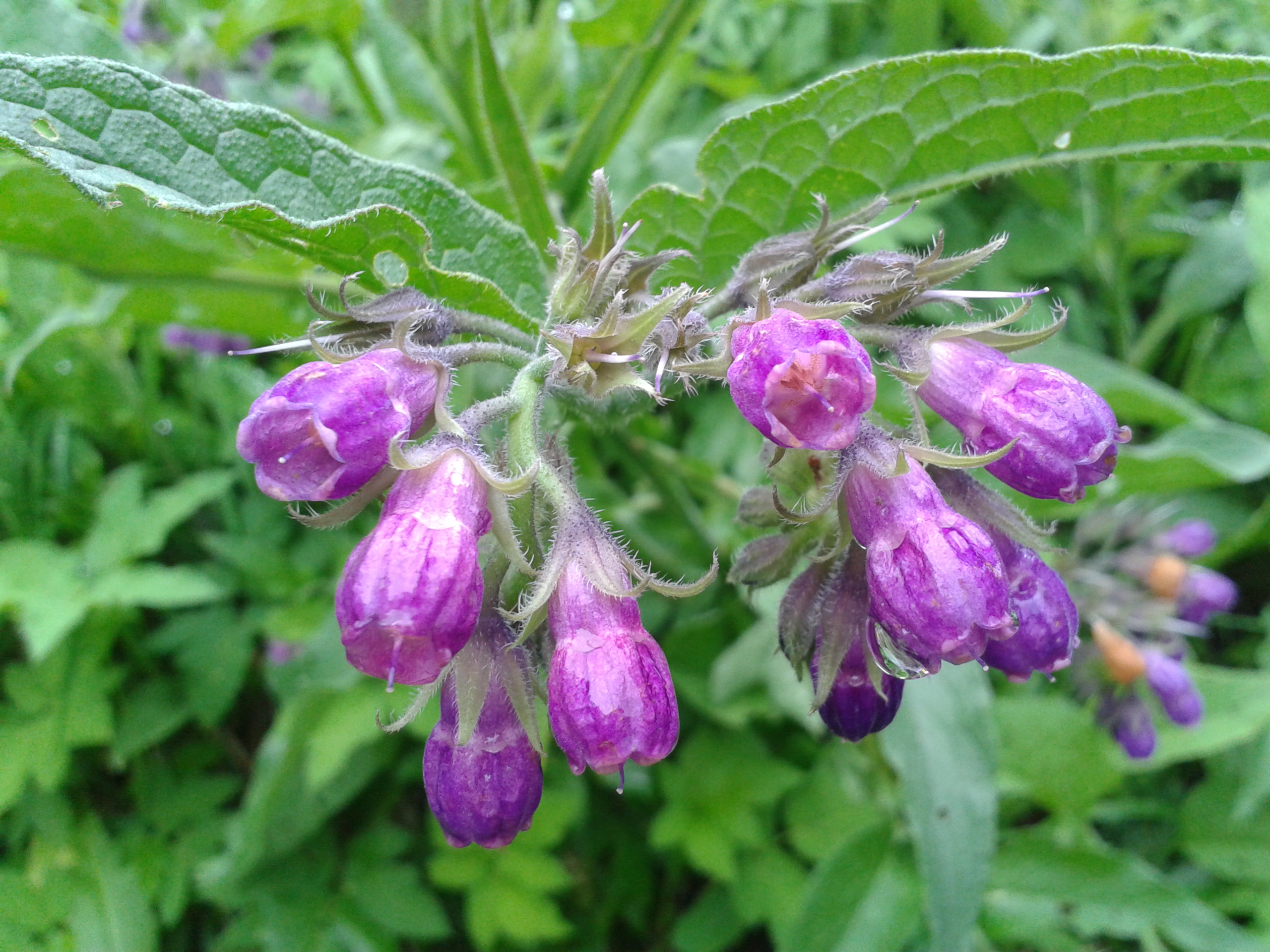

It is a large robust variety with purple flowers. Our Variety: We started our comfrey patches from a friends garden years ago. So any digging or rototilling near comfrey will result in new plants.Ĭomfrey is extremely hard to get rid of. It will only spread if disturbed because any piece of comfrey root will make a new plant. Our comfrey does not produce viable seed and stays in place. officinale L., Russian comfrey) are used externally for the treatment of pain, inflammation and swelling of muscles and joints in degenerative arthritis, in acute myalgia, sprains, contusions and strains after accidents. Many people worry that comfrey will become invasive and spread. Comfrey belongs to the plant family Boraginaceae and there are at least five species referred to as comfrey, including Symphytum officinale L. Expect plants to be fully mature after one season. The crowns have an even higher survival rate and establish a little quicker. They typically have over a 90% survival rate. Flowers may be purple-violet, pink, or creamy-yellow in colour. It is rich in calcium, potassium, phosphorus. It is a vigorous perennial, forming clumps with pendant, tubular flowers. Common Comfrey is best known as culinary herb used to make teas and poultices out of its leaves. 2-3 feet tall.Ĭomfrey is very easily grown from root pieces or crown divisions. Comfrey contains pyrrolizidine alkaloids some of which can harm the liver so some foragers no longer consider this a safe plant to eat but we still eat. This plant has a mild fragrance More images of Comfrey Comfrey Overview Symphytum officinale is often known as Comfrey or Common Comfrey, amongst other names. Bell shaped purple blossoms attract a wide variety of pollinators and beneficial insects.Ĭomfrey is extremely easy to grow and will thrive in just about any soil. The leaves can be cut 4-5 times a year.Ĭomfrey can flower twice a year. As they break down, comfrey leaves turn into black oil, that is high in nitrogen and many other nutrients. The roots and leaves of this plant contain the protein allantoin, which stimulates cell proliferation and promote wound and bone healings. The leaves can be laid around plants and trees as a mulch, or buried in the ground. Comfrey extracts, ointments or compress pastes are applied externally, while the crude plant parts (leaf, herb or root) have been traditionally used for. Comfrey ( Symphytum officinale) acts as an anti-inflammatory to promote healing of bruises, sprains, and open wounds when applied topically. With its powerful, deep root system comfrey pulls nutrients and minerals from deep in the earth and brings them up into it's leaves. We grow lots of comfrey on our farm, and we plan on growing lots more.


 0 kommentar(er)
0 kommentar(er)
